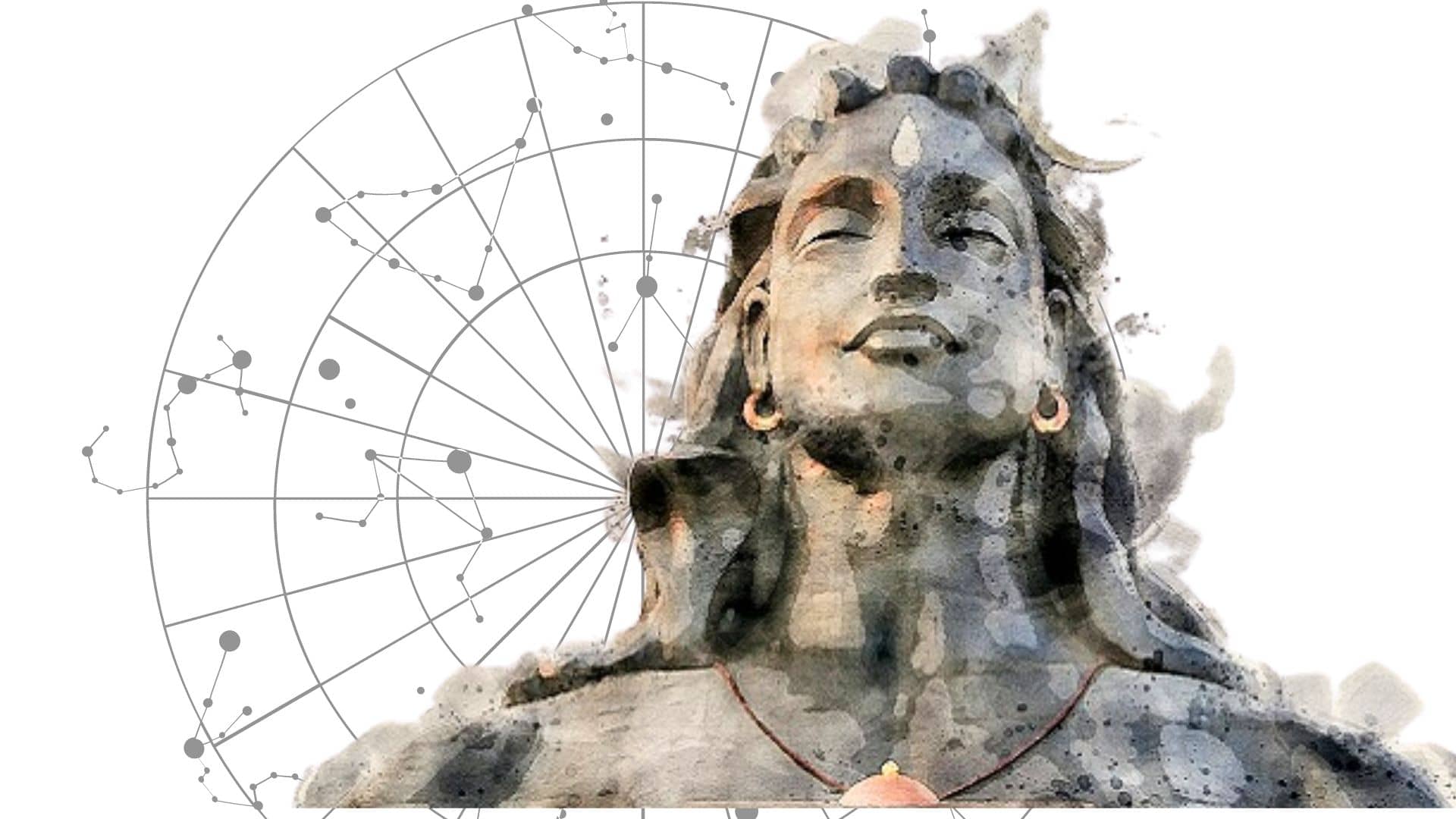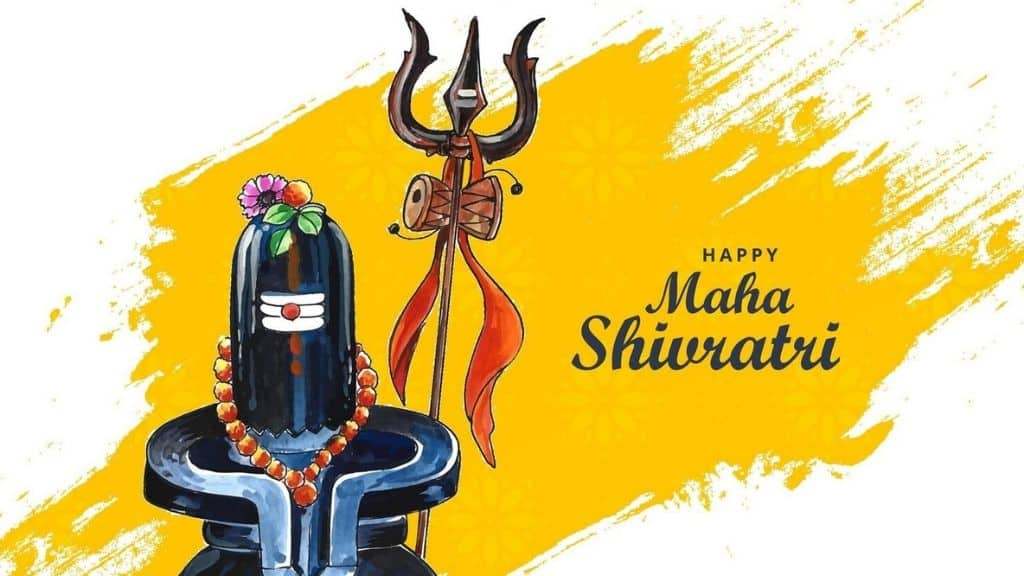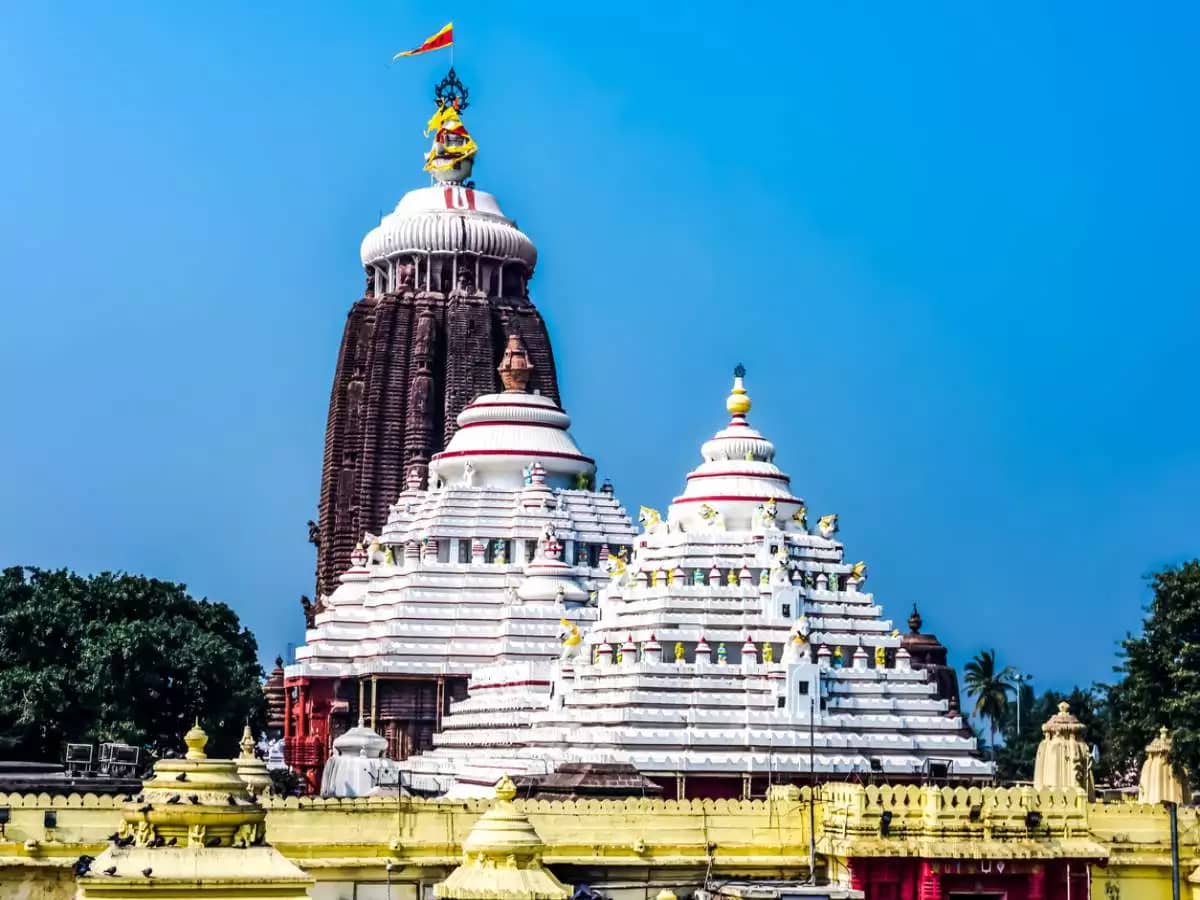While we talk about one of the eminent religious figures of the 19th century in India, one name comes up at the top – Shi Ramakrishna Paramhansa Deva. He was an ultimate mystic, a worshipper of Maa Kali, and a true yogi. Moreover, he was believed as the reincarnation of Lord Vishnu in this modern era.
A Holy Figure Appeared During the Spiritual Crisis in Bengal
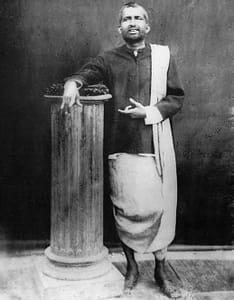
During the spiritual crisis in Bengal, Ramakrishna appeared as a central figure to revive Hinduism and save humanism from severe downfall. The great Indian Hindu Monk, Philosopher, Religious Teacher, and Author Swami Vivekananda born as Narendranath Dutta became the most ardent devotee of Shri Ramakrishna.
Foundation of Belur Math (Ramakrishna Math)
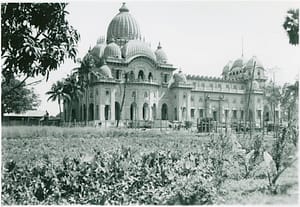
Following the teaching and life path of Shri Ramakrishna, Vivekananda founded Belur Math in the year of 1898. Swami Ji founded Belur Math as a dedication to his Guru, Ramakrishna Paramhansa. The Belur Math, also known as Ramakrishna Math. Vivekananda, himself registered the Math as a Trust in 1901.
The ideology that worked behind the establishment of Belur Math was the principles of Vedanta. Ramakrishna himself lived on the principles of Vedanta and underwent the same throughout his life. And, his ardent disciple Swami Vivekananda explained it in front of the world for the betterment of humankind.
What is the Spiritual Ideology behind Belur Math Establishment?
Belur Math was, is, and will remain a non-profit organization with its core to improve the spiritual movement worldwide. If you want to understand the spiritual ideology that worked behind the establishment/institute of Belur Math, you need to dive a bit deep. Let’s understand the spiritual ideology that Ramakrishna lived and Vivekananda followed to form Belur Math.
- Principles Sri Ramakrishna Lived, Experienced & Taught
Shri Ramakrishna had lived Vedanta, rather than taught it as a dogma. His words were never delivered in the form of script, lectures, or discourses; but his devotees paid attention to his words and some of them pen the conversations of Ramakrishna down as books. Though, Vivekananda declared the spiritual knowledge he had learned from Shir Ramakrishna in the World’s Parliament of Religions in Chicago, the USA on 11th September 1893.
The principles of Ramakrishna that were declared in front of the world via Vivekananda in Chicago address simultaneously followed behind the establishment of Belur Math. Ramakrishna did not speak about these principles but he made the principles realize to his disciples by the way he was living, experiencing life, and understanding the supreme goal of life. He taught his disciples not by overwhelming words rather he used stories and parables and spoke in rustic Bengali.
Sri Ramakrishna’s main teaching synthesis includes,
- Realization of God – the absolute knowledge and consciousness to understand the presence of God in any form of religion, caste, and creed.
- Liberation from Kama-Kanchana (Kamini-Kanchana/Women and gold); liberation from lust and gold.
- Avidyamaya and Vidyamaya – the realizations of Maya or illusion. Avidyamaya signifies dark forces of life including evil passion, lust, greed, physical desire, and cruelty. Whereas, Vidyamaya indicates the higher forces of life including enlightenment, compassion, purity, love, devotion, and other spiritual virtues.
- Harmony of Religion – The ultimate goal of all religions is the realization of the Supreme Power, the Power, and the Presence of the Almighty. Thus, Ramakrishna believed, all religions are equal and that they are true plus valid.
- Jiva in Shiva – According to Ramakrishna, you can meet your God when you serve the destitute, weak, miserable mass. Everyone should worship them to find God that they are finding somewhere else.
Parables were the crucial parts that Ramakrishna used to teach their disciples. He directly did not teach anything, but he conveyed his messages via tales and parables.
- Founding of Belur Math in the Light of Vivekananda’s Believe & Ramakrishna’s Teaching
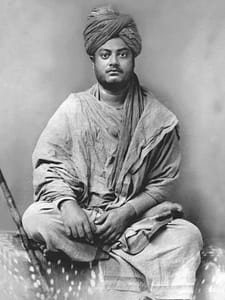
Swami Vivekananda followed the principles and teachings of Shri Ramakrishna Paramhansa to establish the Belur Math. He believed Belur Math would be the prime center of universal acceptance and broad-mindedness that welcome people from all walks of religion, caste, and creed and deliver the message of unity, peace, and generosity in taking the world to its ultimate realm, the realm of liberation from all kind of bondage.
The vision and mission of Ramakrishna Math and Ramakrishna Mission are best described in the words of its great founder Swami Vivekananda —
“My ideal indeed can be put into few words and that is: to preach unto mankind their divinity and how to make it manifest in every movement in life”.
तन्नो हंस: प्रचोदयात् (Tanno hamsah prachodayat), meaning, “May the Paramatman, Supreme Self [symbolized by] the Swan (hamsa), awaken our [higher] understanding.”
Spiritual Practices Followed By Belur Math
Ramakrishna believed that the ultimate goal of human lives is to realize the Power and Presence of God (God-Realization). The same principles are followed in Belur Math through Two Major Spiritual Paths – Pravritti Marga and Nivrtitti Marga, and Four Yogas – Bhakti Yoga, Jnana Yoga, Raja Yoga, and Karma Yoga.
These all Paths and Yogas are followed only to find the way of emancipation from darkness/ignorance/narrowness/selfishness, and to work yourself for the betterment of the destitute and to acclaim the super-consciousness –
“Service of Man is Worship of God”.

